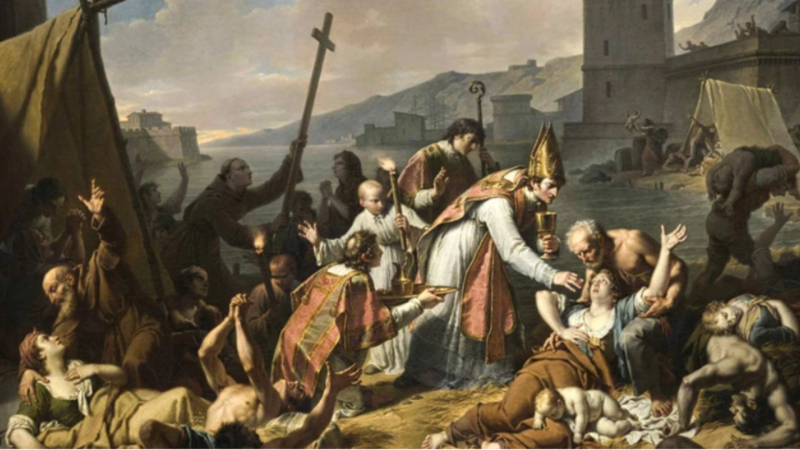The Plague of Cyprian
The second devastating plague that struck ancient Rome was the Plague of Cyprian. It lasted from 249 to 262 AD and nearly killed off the whole population of Rome, claiming 5000 fatalities every day. The disease was given its name in honor of Saint Cyprian, a bishop from Carthage who first saw and recorded the pandemic. The spread of smallpox, viral hemorrhagic fever, fever, and pandemic influenza were the main causes of this plague.
It is believed that the disease led to significant shortages of labor for both the Roman army and food production, severely weakening the empire during the Crisis of the Third Century. Its present name honors the early Christian author St. Cyprian, bishop of Carthage, who observed and wrote about the plague. Due to the lack of reliable sources, it is highly speculative to identify the cause of the plague; however, suspects have included smallpox, pandemic influenza, and viral hemorrhagic fever (filoviruses), including the Ebola virus. The pandemic led to the deterioration of the economic, technical, personnel, food production, and human sectors and also sparked the Third Century Crisis.
The symptoms of the plague of Cyprian were comparable to those of the Plague of Antonine, which caused patients to experience fever, dysentery, diarrhea, and motor skill loss. There aren't any stories that are thorough enough to calculate how many people the disease killed overall in the Roman Empire. At the height of the epidemic, 5,000 people were reportedly passing away in Rome every day. According to one historian's estimation, Alexandria's population decreased from 500,000 to 190,000 during the plague. People leaving the city probably contributed to a portion of the city's population loss.









